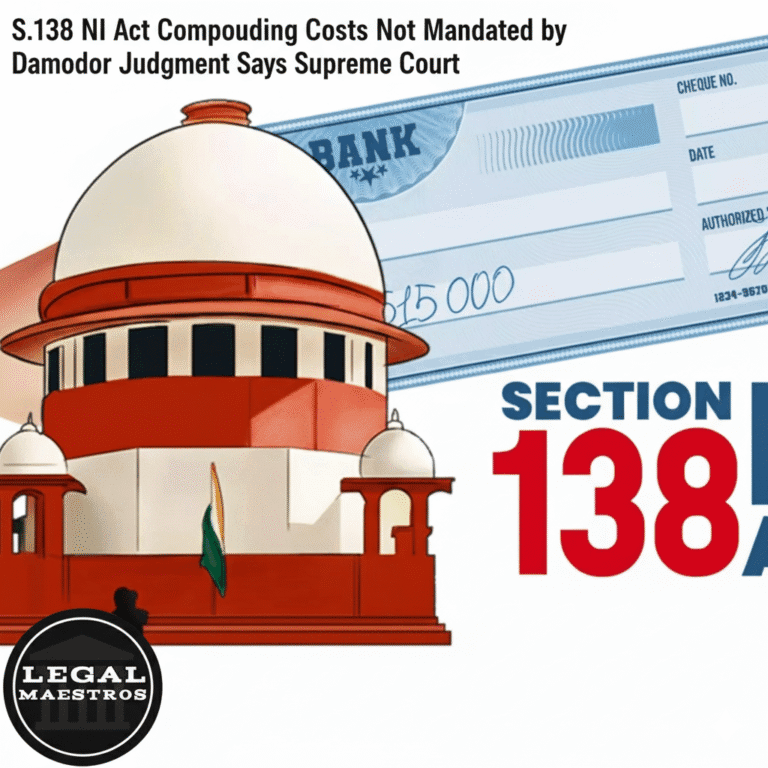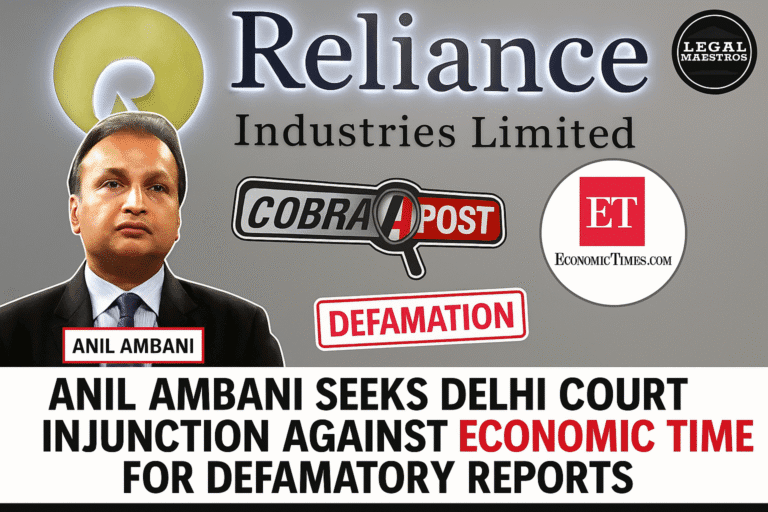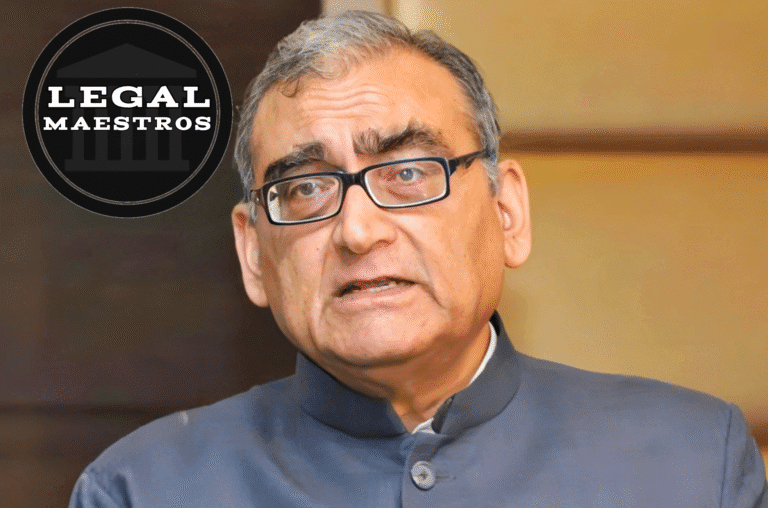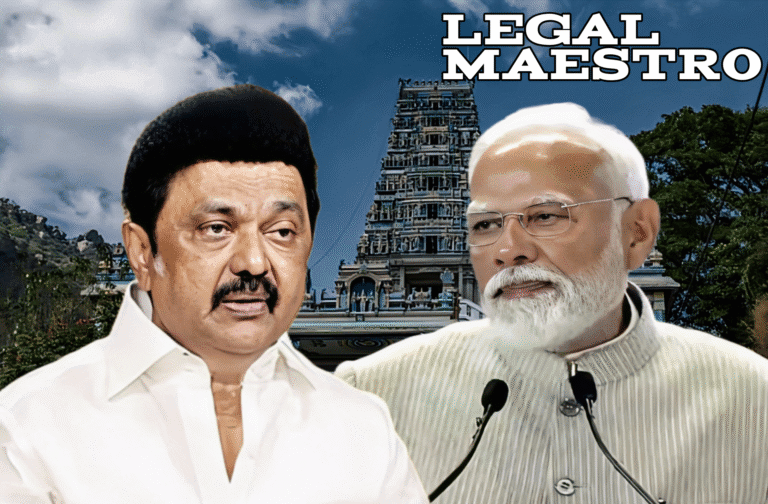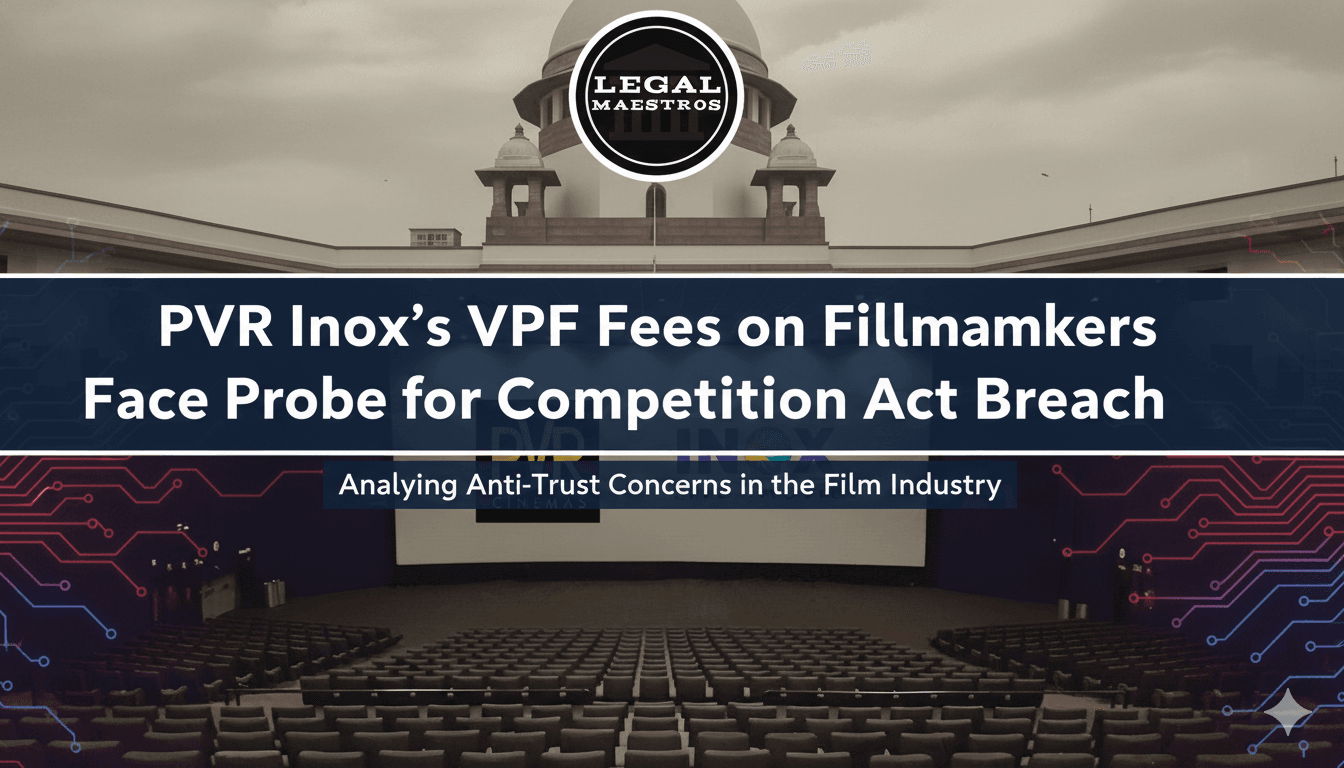
PVR Inox's VPF Fees on Filmmakers Face Probe for Competition Act Breach
A Dispute in the Spotlight: PVR Inox Under Scrutiny
PVR Inox, the biggest chain of cinema in India has been in the crossfire of the fair-trade regulator in the country. The Competition Commission of India (CCI) has started investigating the multiplex giant on allegations that the giant is charging film producers and distributors unfair fees. This probe throws a brooding feud that has been suppressed in the film industry into the limelight, and the impact that the feud might have on the display of films nationwide could be significant.
The centre of this controversy is an fee called the Virtual Print Fee (VPF). The Movie producers have accused PVR Inox of charging the fee through its huge market strength which they say is unfair and anti-competitive. That the CCI has decided to probe indicates that these allegations have sufficient merit to be given a formal scrutiny, transforming a business dispute into a case of competition law law on the national level.
PVR Inox is a result of the merger of PVR and Inox Leisure and is the unquestioned leader in Indian cinema exhibition market as it dominates a huge network of screens. This hegemonic stance is at the heart of the investigation of the CCI. The business practices of such a company are examined with more scrutiny when there is so much control in one of the companies and it is at that point that no one can be sure that such a company is not discouraging competition or imposing unfair terms to its partners, in this case, the creators of the content that it does air.
For any queries or to publish an article or post or advertisement on our platform, do call at +91 6377460764 or email us at contact@legalmaestros.com.
The investigation will go down to the line with the deals between the multiplex chain and film producers. It aims at ascertaining whether the VPF is an acceptable fee charged on services offered or a predatory fee charged by a company that is aware that filmmakers have little other options should they wish to have their movies distributed to a wide audience. The result of this investigation might transform the financial relations of the Indian movie industry.
In order to learn about the conflict, one must know what the Virtual Print Fee is. In the last one hundred years, films were sold to theaters as massive and cumbersome physical film reels. The industry later shifted to digital technology where movies are currently being distributed through hard disks or through the satellite. This transition demanded the investment of cinemas in new costly digital projectors and servers to get rid of their old analogue system.
The VPF was a provisional step that was brought on board during this change. It was a charge to the film producers and distributors to the cinema owners to enable them meet this expensive upgrade. It was also reasoned that digital distribution would benefit the producers as well, being cheaper than the production and delivery of the physical prints and allowing the simultaneous release to a wider audience. They were therefore sharing the cost on a temporary basis.
For any queries or to publish an article or post or advertisement on our platform, do call at +91 6377460764 or email us at contact@legalmaestros.com.
The essence of the complaint at hand is that this time limit ought to have been terminated a long time ago. According to arguers, filmmakers, the multiplexes recouped the cost of the digital projection equipment years back. They argue that the VPF, which was to be a very temporary provision to facilitate support, has been transformed into a permanent source of revenue to the cinema owners and this is an unjustified expense that producers continue to meet.
The VPF is a big financial burden to the producers, particularly the ones supporting smaller or independent movies, and this form of upfront financial expense has to be paid before a film is even shown on screen, which means that it is more difficult to release a low-budget film on the big screen. They consider the fact that such a fee is still being collected as unfair punishment on the creation of content, as it suppresses creativity and diversity in the film sector.
Understanding the Virtual Print Fee (VPF)
The Competition Commission of India (CCI) inquiry is not limited to the question concerning the fairness of the fee; it is whether it violates the law. CIA has a duty of enforcing the Competition Act of 2002 which is aimed at hindering business practices that negatively impact competition in India. The commission plays the role of a watch dog to provide a level playing ground to all businesses.
For any queries or to publish an article or post or advertisement on our platform, do call at +91 6377460764 or email us at contact@legalmaestros.com.
The main legal issue of this investigation concerns the idea of abuse of dominance position. A firm is said to be at a dominant position when it is independent of the market forces and has power to influence its competitors, consumers or the market involved in its favour. With a large proportion of multiplex screens in India, it is undoubtedly a dominant entity in the film exhibition market by PVR Inox.
It is claimed that PVR Inox is misusing this dominance. The company is said to be making producers to pay VPF an unwarranted condition. Filmmakers do not have much bargaining power; when they cannot afford to pay the fee, they might not be allowed to screen in a very large number of cinemas and this may prove disastrous to their film on the economic front. Such a lack of choice is a typical sign of the anti-competitive market.
This is where the investigators of the CCI will now collect the evidence to establish whether this is so. They will review the contracts, financial documents and internal communications of PVR Inox. They will also take the testaments of producers and distributors to know the nature of the negotiation. This is aimed at determining whether the VPF is a result of good-faith negotiation or a bargain wrought by market strength.
For any queries or to publish an article or post or advertisement on our platform, do call at +91 6377460764 or email us at contact@legalmaestros.com.
The Charge of Unfair Competition
It is a historic step of the Indian film industry and the result may have an extensive impact. Should the CCI rule against PVR Inox, this may result in the total abolishment of the Virtual Print Fee not only to PVR Inox but also to all the other multiplex chains. This would be a huge financial triumph of producers and may reduce the expenses of releasing a movie greatly.
This would be of great use to the independent and small-budget filmmakers. The barrier to entry of a theatrical release would be less with the absence of the VPF, and the big screen may end up with a more diverse selection of films. It might stimulate more imaginative risk-taking, because the vendors would no longer need to take into consideration this large and, to them, obsolete distribution expense.



